The Kashmiri Chile: Spice That Packs a Gentle Punch (and a Whole Lot of Color)
Ever bitten into a chili that looks fierce but plays nice? Enter the Kashmiri chile—a spice that’s more about drama than destruction. Known for its deep red hue and mild heat, this chili is a staple in Indian kitchens, especially in Kashmiri cuisine. But don’t let its gentle nature fool you—this spice brings serious color, subtle smokiness, and cultural depth to every dish it graces.
In this blog post, we’ll explore everything you need to know about Kashmiri chiles—from their origins and flavor profile to cooking tips and surprising uses. Whether you're a professional chef or a home cook looking to elevate your meals, this guide has got you covered.
Table of Contents
- What Is Kashmiri Chile?
- Flavor Profile & Heat Level
- Cultural Significance in Global Spice Traditions
- Cooking with Kashmiri Chile: Tips & Tricks
- Substitutes and Comparisons
- Buying and Storing Kashmiri Chiles
- Fun Facts You Probably Didn’t Know
- Conclusion
What Is Kashmiri Chile?
The Kashmiri chile, also known as Kashmiri mirch, hails from—you guessed it—the Kashmir region of India. It's a long, slender chili that turns a vibrant red when dried, and is prized not just for its flavor, but for the rich crimson color it imparts to dishes. Unlike many other hot peppers, the Kashmiri chile isn't all about heat; it's more about adding visual flair and a nuanced, slightly earthy taste.
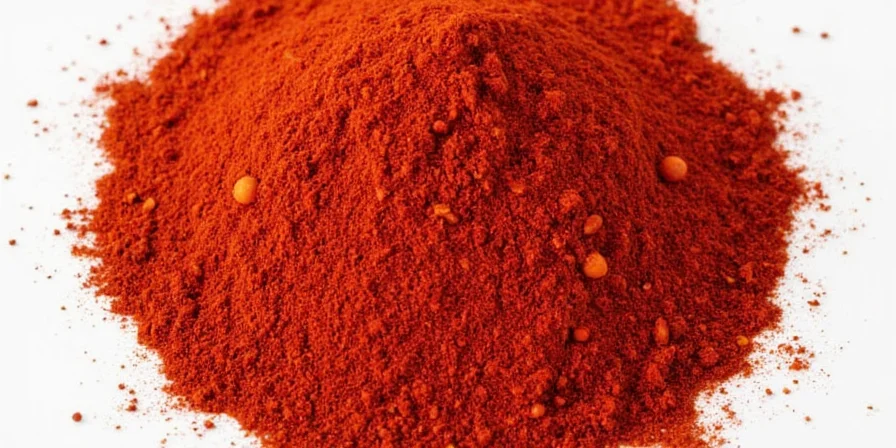

Flavor Profile & Heat Level
If spiciness were a scale from 1 to 10, the Kashmiri chile would probably hover around a 3—mild enough for most palates, yet bold enough to make an impact. Here’s a quick breakdown:
- Heat Level: 1,000–2,000 Scoville Units
- Flavor Notes: Slightly smoky, earthy, with a hint of sweetness
- Color Impact: Deep crimson red that enhances sauces, rice, and curries
| Chili | Scoville Units | Main Use |
|---|---|---|
| Kashmiri Chile | 1,000–2,000 | Color + Mild Heat |
| Cayenne Pepper | 30,000–50,000 | Heat |
| Ancho Chile | 1,000–2,000 | Smoky Sweetness |
Cultural Significance in Global Spice Traditions
Kashmiri chile may be rooted in South Asia, but its influence extends far beyond. In Indian cuisine, it’s a cornerstone of regional dishes like rogan josh and goshtaba, where its color and flavor complement lamb beautifully. Across the globe, chefs and food enthusiasts are rediscovering this spice for its ability to add complexity without overwhelming the palate.
From Moroccan tagines to Mexican mole-inspired blends, the Kashmiri chile is quietly making its way into international kitchens—proof that sometimes, subtlety speaks louder than fire.
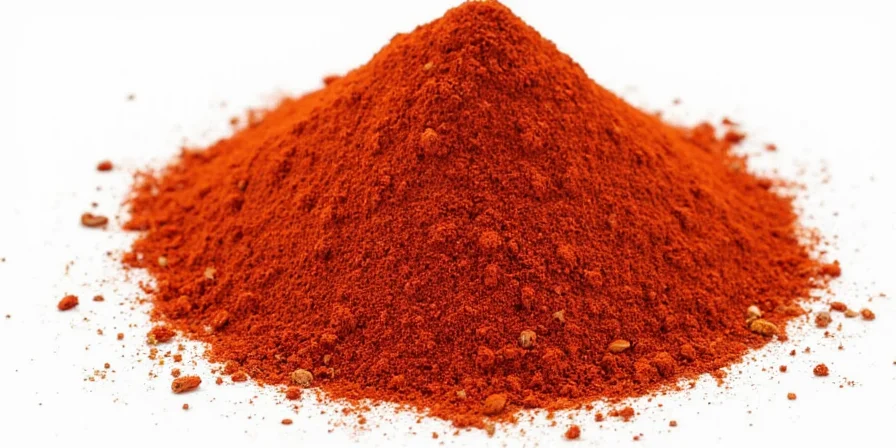
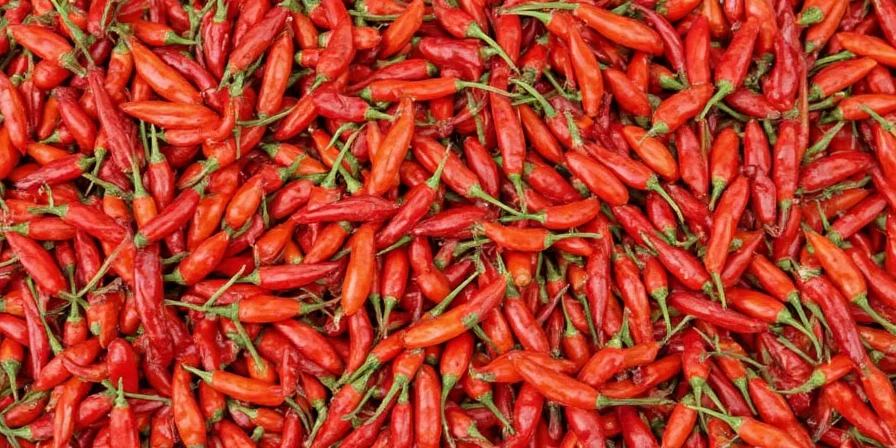
Cooking with Kashmiri Chile: Tips & Tricks
Ready to bring some Kashmiri magic into your cooking? Here are some practical tips to help you get the most out of this unique spice:
- To Toast or Not to Toast: Lightly toast whole dried chilies in a dry pan before grinding to enhance their aroma and deepen the flavor.
- Mix with Oil First: To extract maximum color and flavor, mix Kashmiri chile powder with a bit of oil before adding to your dish—this helps release its natural pigments and aromatics.
- Avoid Boiling: Don’t boil the chilies directly—they can become bitter. Instead, soak them in warm water for 15–20 minutes and blend into a paste for curries and marinades.
- Pair With: Yogurt-based sauces, coconut milk, lamb, eggplant, and tomatoes.
- Use in: Pickles, marinades, biryanis, stews, and even snacks like bhajias.
Pro Tip: If you’re using store-bought Kashmiri chile powder and want to boost the smoky flavor, try blending it with a pinch of smoked paprika or a dash of garam masala.
Substitutes and Comparisons
Ran out of Kashmiri chilies? No worries! While nothing quite replicates the unique flavor and color, here are some alternatives depending on what you’re trying to achieve:
| Substitute | Best For | Tips |
|---|---|---|
| Paprika | Color | Use sweet paprika for milder dishes, smoked for extra depth |
| Ancho Chili Powder | Flavor | Slightly sweeter, less vibrant in color |
| Guajillo Chili Powder | Balanced flavor and mild heat | Add a touch of vinegar or tamarind for tanginess |
Buying and Storing Kashmiri Chiles
Knowing how to select and store Kashmiri chiles properly can make a huge difference in your final dish. Here’s what to look for:
- Whole Chilies: Choose firm, pliable chilies with a deep red color. Avoid those that are brittle or faded.
- Powdered Form: Opt for finely ground powder that retains its bright red hue. Fresh powder smells fragrant; if it’s dull or musty, it’s past its prime.
- Storage: Store whole chilies in an airtight container in a cool, dark place. Ground Kashmiri chile should be kept in a sealed jar away from light and moisture—ideally in the refrigerator for longer shelf life.
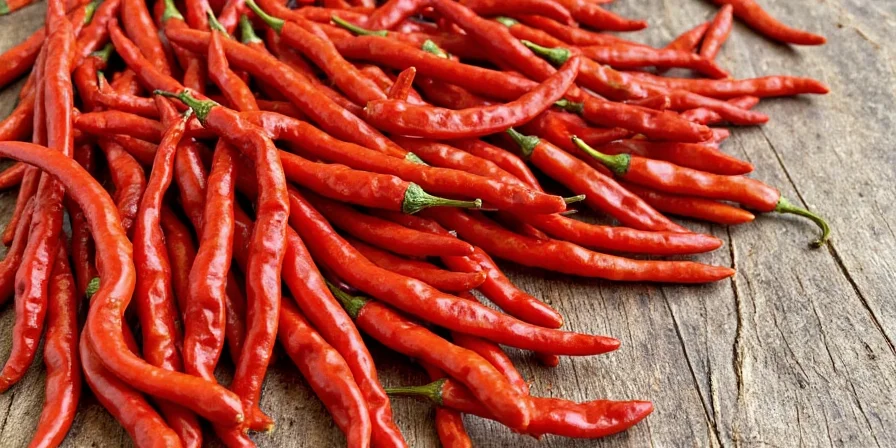
Fun Facts You Probably Didn’t Know
- It’s All in the Name: “Kashmiri” refers to the region it comes from, but these chilies are now grown across northern India and Pakistan.
- Used in Natural Dyes: The intense red pigment makes it a popular choice for homemade dyes and even traditional cosmetics.
- Movie Magic: In Bollywood, actors sometimes chew on Kashmiri chilies before kissing scenes to give their lips a naturally flushed look!
- Symbol of Hospitality: In Kashmiri weddings, the bride and groom exchange gifts wrapped in fabric dyed with Kashmiri chile, symbolizing prosperity and warmth.
- Science Says: Capsaicin levels in Kashmiri chilies are low, which means they’re easier on sensitive stomachs compared to hotter varieties.
“Spices are the soul of a dish—Kashmiri chile is the one that adds poetry.”
Conclusion
Whether you’re chasing flavor, color, or a little culinary inspiration, the Kashmiri chile deserves a spot in your spice rack. It’s a perfect example of how spices can do more than just ignite your taste buds—they can tell stories, carry traditions, and transform simple ingredients into something extraordinary.
So next time you’re reaching for the cayenne or habanero, remember: sometimes the quietest spices make the loudest impact. Try sprinkling a pinch of Kashmiri chile into your next stew, curry, or even dessert—it might just surprise you in the best way possible.
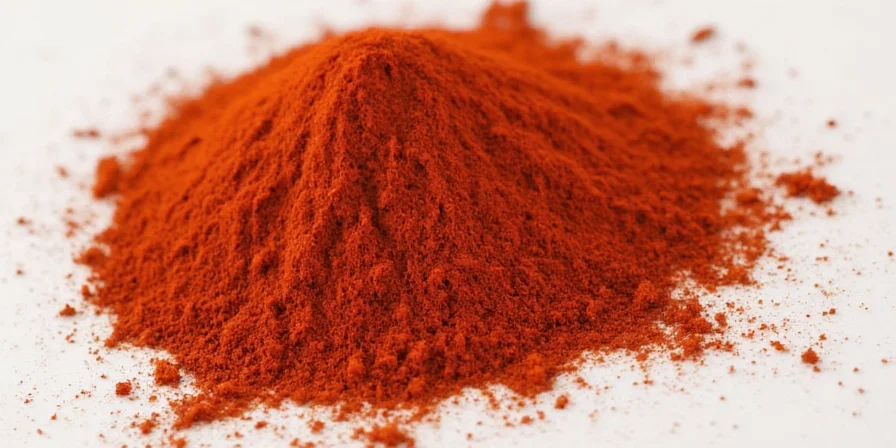

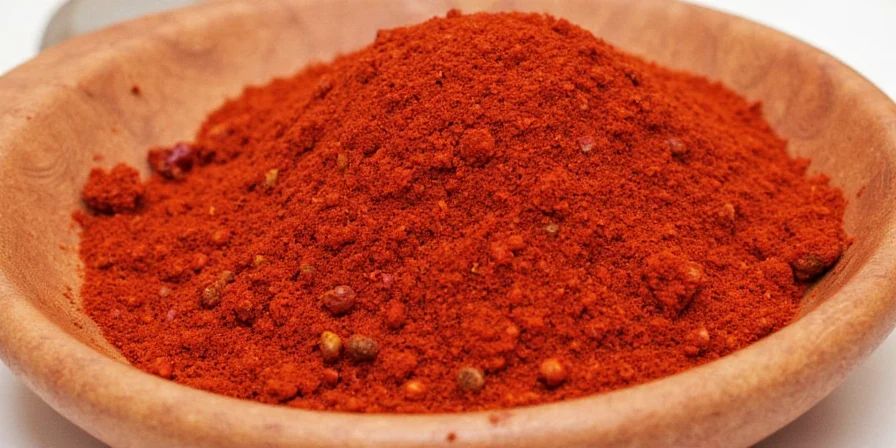









 浙公网安备
33010002000092号
浙公网安备
33010002000092号 浙B2-20120091-4
浙B2-20120091-4